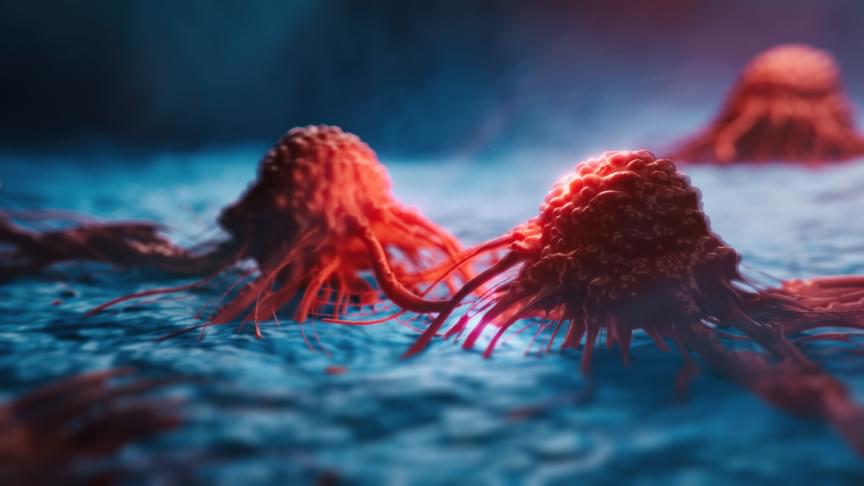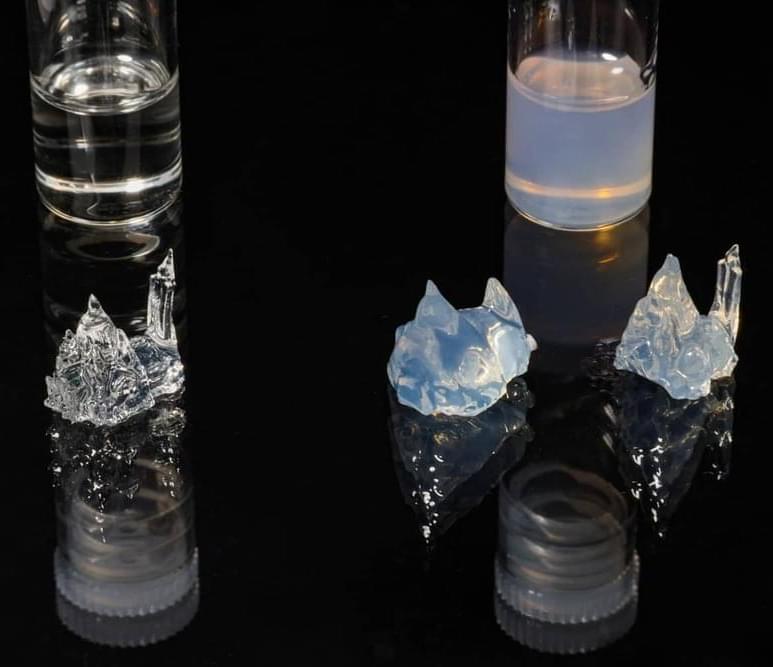A mechanism that causes autism, schizophrenia, Alzheimer’s and other conditions and is shared by mutations in the genes ADNP and SHANK3 has been unraveled by Tel Aviv University researchers who developed an experimental drug they found to be effective in animal models.
The drug could also be suitable for treating a range of rare syndromes that impair brain functions, said the scientists. The researchers were led by Prof. Illana Gozes from the Department of Human Molecular Genetics and Biochemistry at TAU’s Sackler Faculty of Medicine and the Sagol School of Neuroscience. The experimental drug, called Davunetide, had previously been developed in her lab.
The paper, which the team called a “scientific breakthrough,” was published in the scientific journal Molecular Psychiatry under the title “SH3-and actin-binding domains connect ADNP and SHANK3, revealing a fundamental shared mechanism underlying autism.”








